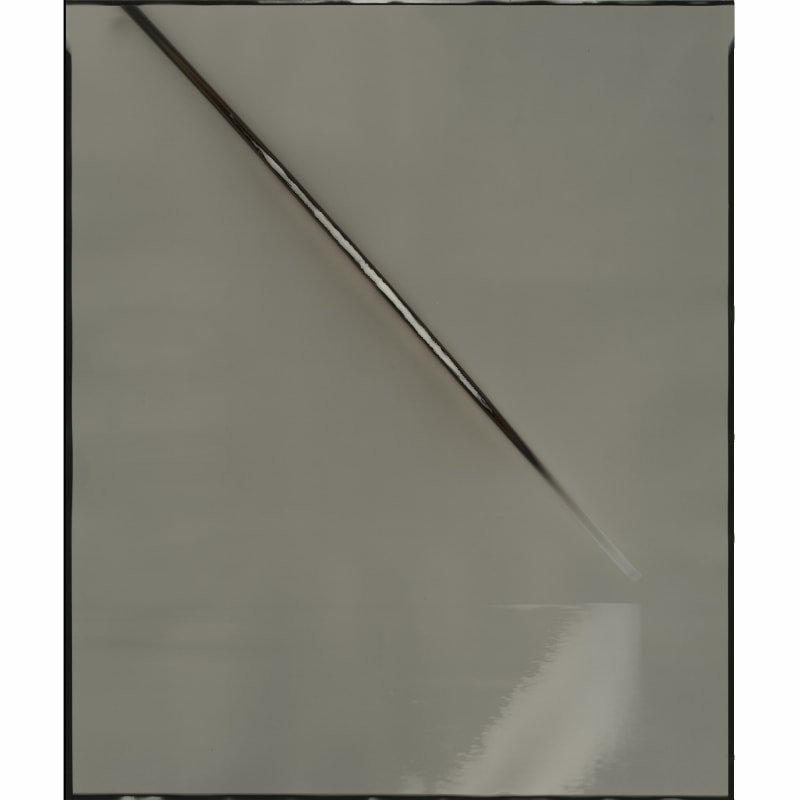Doing the math, I am astonished to find I have been working with solarizing paper negatives—and starting small fires in cameras—for 20 years. There is something to be said about giving yourself time, sticking around, and staying curious. I never could have planned any of this out, but one thing leads to another, and you follow your instincts.
The Sunburn series started with an accident in 2003 when the morning sun burned through what was supposed to be a night exposure on film. It took me 3 years of exploring to get from that accidentally burned film to the place of directly exposing photo paper in the camera, creating unique pieces. Another mistake—caused by a distracting discussion about photo permits with a ranger—transformed the work again when I accidentally re-exposed a sheet of paper instead of starting a new frame. This led to the series Heliograph, meaning to write with the sun, in which I began making more abstract compositions by strategically layering exposures from different locations and seasons.
The Poly Optic work wasn’t accidental, but it was driven by curiosity. Inspired by Muybridge’s motion studies, I also wondered how the eye would negotiate an entire grid of up to 63 image circles at once. I spent 6 months scanning ebay for 63 broken Pentax K1000’s in order to get the basic lens that came with that camera! Also fueled by visual curiosity and observation, seeing how water rendered in the Sunburn work eventually led me to isolate the changes of the tides as a subject itself in the series Tidal, editing out the sky to focus on another universal force at work on our planet.
Finally, photographing in Alaska has been its own special subject. I have returned to the Arctic Circle four times for extended camping expeditions, working to photograph 24 hours of daylight, then aiming to break that barrier with exposures spanning multiple days (a true challenge with the weather). My approach has grown more refined over the years, eventually leading to Cirkut cameras—a panoramic camera that spins. The Cirkut piece in this book was made with a homemade motorized spinning camera designed to expose a scroll of gelatin silver paper in a continuous photograph lasting a day or more.
Working with these methods makes photography feel tangible; building the cameras, understanding the optics, loading and unloading large film holders in the field, and getting home and hand processing all the delicate sheets of paper with giant burned slashes in them. In a world of quick consumption of transmitted images, this tangibility is very important to me.
The last twenty years have shifted my sense of time. In one sense, I think nothing of waiting days in the same location for weather to clear, watching shadows move around me. Or, realizing I must wait until next year’s winter solstice to make a piece because the weather didn’t cooperate this year. This might sound like I move slowly, but paradoxically, waiting one year now feels fast. Pesky ideas of time passing—like human mortality, geologic time, and even further, a universe-based time scale—make life seem so short and fleeting. Slow motion at high speed. My idea of the decisive moment has been stretched. Taking a photograph now means clicking the shutter open and going for a walk in the middle of nowhere for a few hours while the image is recorded. This is my happy place.
There is still so much more to rethink in terms of what a camera is, and what a photograph can be. I love the challenge of it all and not knowing where and what it will lead to. Thanks for taking the time to take a look.

